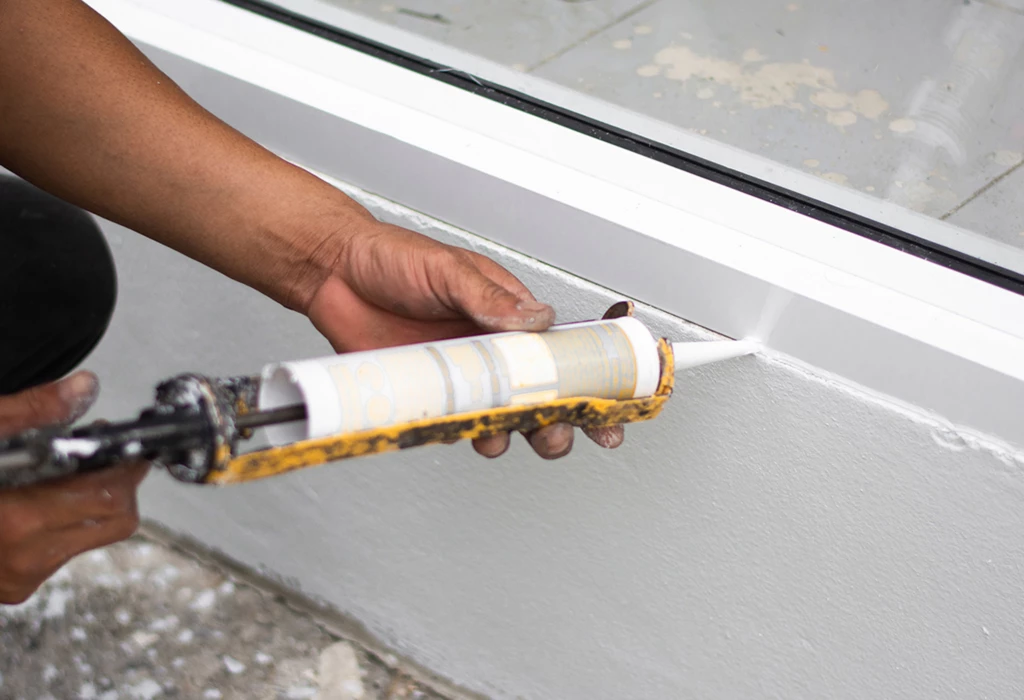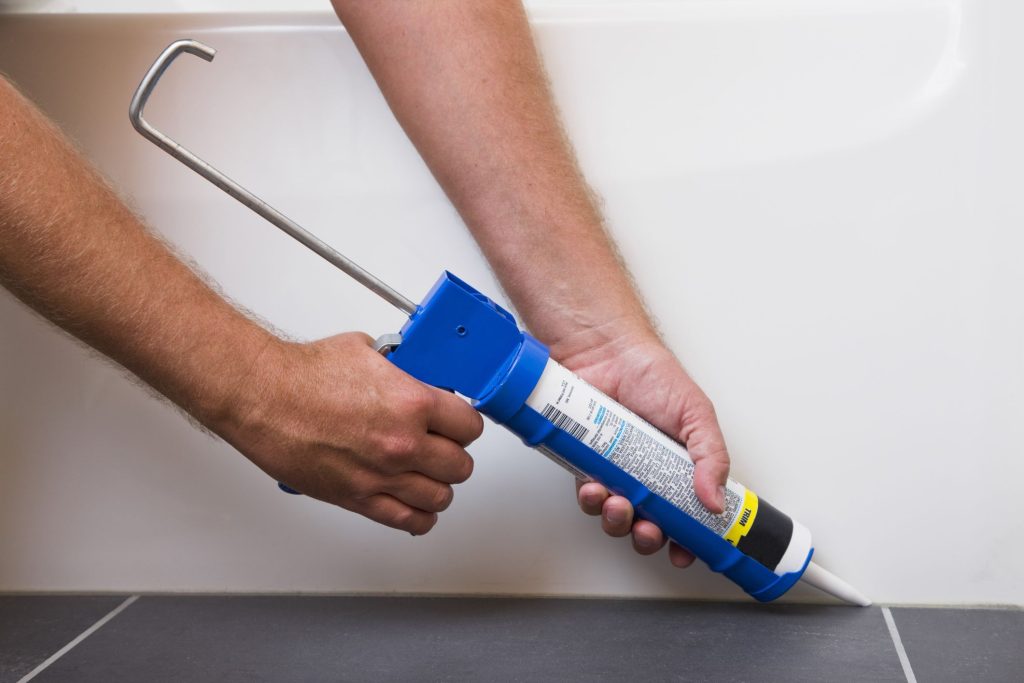Caulking is an essential part of maintaining a healthy and sturdy home or commercial property. It is the process of filling gaps and cracks in surfaces with a flexible sealant, typically silicone or latex, to prevent air and water from penetrating and causing damage. But how long does caulking last? The answer depends on a variety of factors, including the quality of the caulking material used, the application process, and the specific conditions of the environment in which the caulking is installed.
The lifespan of a properly installed caulking job can range from five to ten years or more, depending on the factors mentioned above. However, if the caulking was installed poorly or the material used was of low quality, it may not last as long and require more frequent reapplication.
One of the most important factors in determining the lifespan of caulking is the quality of the material used. High-quality silicone or latex caulking materials are designed to withstand the elements and remain flexible over time. Lower quality materials may dry out, crack, or shrink, compromising the integrity of the seal and reducing the lifespan of the caulking job.
Another factor that affects the lifespan of caulking is the application process. Proper preparation of the surface, including cleaning and removing old caulking, is critical to ensuring that the new caulking adheres properly. If the surface is not properly prepared, the new caulking may not bond well and may fail prematurely.
The type of environment in which the caulking is installed can also affect its lifespan. Areas with high levels of moisture or extreme temperatures may cause the caulking to deteriorate more quickly. For example, in a bathroom with high humidity levels, the caulking around the bathtub or shower may require more frequent reapplication than caulking in a drier area of the home.
Regular maintenance is key to ensuring that your caulking lasts as long as possible. It’s important to regularly inspect your caulking for signs of wear and tear, such as cracking, peeling, or discolouration. If you notice any issues, it’s best to address them promptly before they escalate into more significant problems.
To extend the lifespan of your caulking, it’s important to choose the right type of caulking material for the job. For areas with high levels of moisture, such as bathrooms and kitchens, silicone caulking is the best choice. It is waterproof, flexible, and resistant to mould and mildew. For areas with less moisture, such as windows and doors, latex caulking is a good option.
Proper installation of the caulking is also essential to ensure that it lasts as long as possible. This involves preparing the surface properly, applying the caulking evenly, and allowing it to dry and cure according to the manufacturer’s instructions.
Regular maintenance is key to ensuring that your caulking lasts as long as possible. It’s important to regularly inspect your caulking for signs of wear and tear, such as cracking, peeling, or discolouration. If you notice any issues, it’s best to address them promptly before they escalate into more significant problems.


In conclusion, the lifespan of caulking depends on a variety of factors, including the quality of the material used, the application process, and the specific conditions of the environment in which it is installed. With proper installation, high-quality materials, and regular maintenance, caulking can last for five to ten years or more. If you need help with caulking, don’t hesitate to contact a professional caulking service like Dr. Silicone. Our experts can provide you with personalised solutions and ensure that your caulking job is done right, the first time.